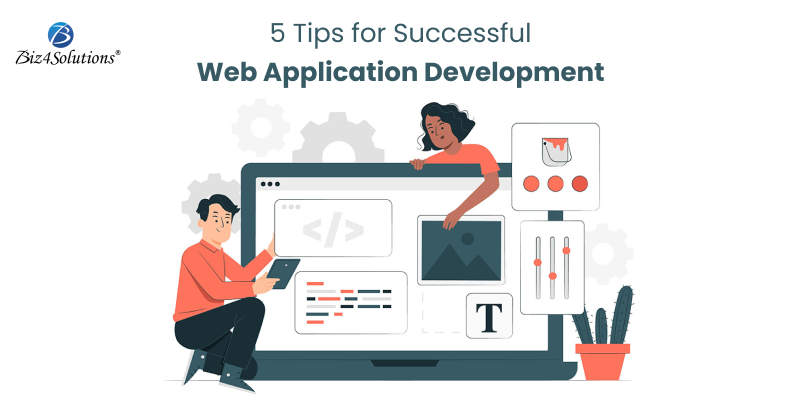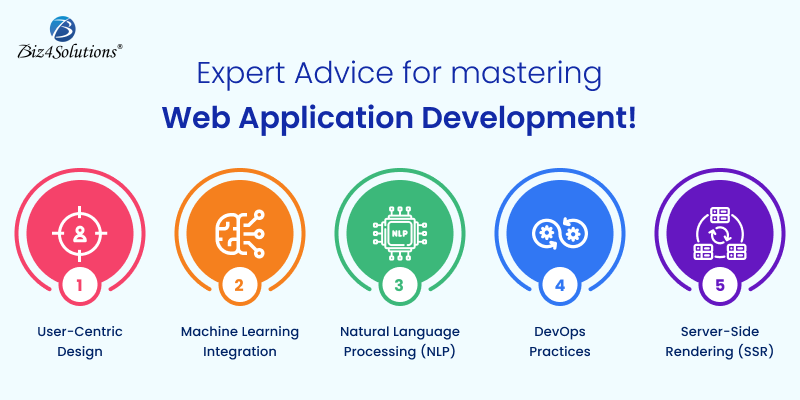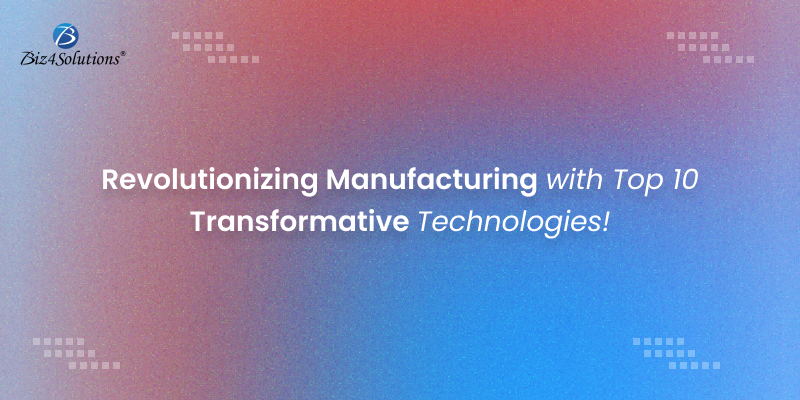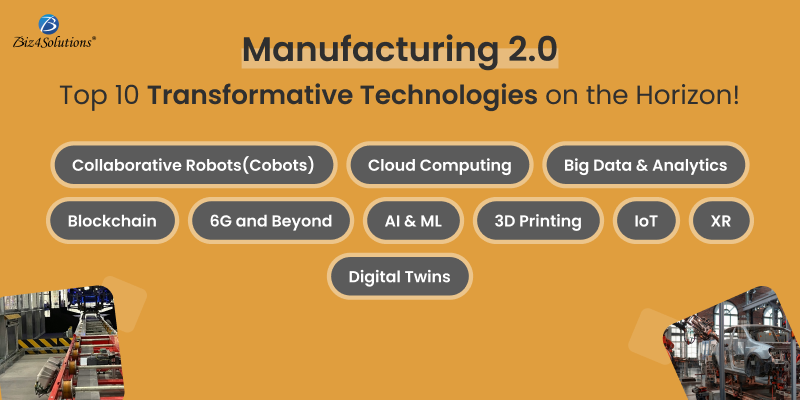5 Tips for Successful Web Application Development


Want to build a great web application?
You’re in the right place!
Developing a successful web app doesn’t have to be daunting. With the right tips, you can navigate the process smoothly and create something awesome.
Whether you’re pro or just starting, these five tips will help you. We’ve got you covered, from planning your project to incorporating the latest technologies.
So, grab your coffee, fire up your computer, and dive in!

1. User-Centric Design
User-centric design means making sure your web app is easy and enjoyable for people to use.
It’s all about thinking about the users first and making the app work well for them. This involves making the design simple so users can quickly find what they need.
User-centric design also means listening to user feedback and making changes based on what they say.
For example, if people need help using a certain feature of WooCommerce product video, you might redesign it to simplify it.
User-centric design is about putting yourself in the shoes of the people who will use your web app and ensuring it meets their needs.
By doing this, you can create an app that people love to use that helps them get things done easily.
2. Machine Learning Integration
Machine Learning Integration means adding smart features to your web app that can learn from data and improve over time.
For example, a web app uses machine learning to suggest products you like based on your previous purchases.
With Machine Learning Integration, your web app can make better predictions and decisions without you having to tell it exactly what to do.
For instance, a music streaming app might use machine learning to create personalized playlists based on your listening habits.
Machine Learning Integration allows your web app to become smarter and more helpful for users by learning from their behavior and preferences.
Adding this technology can create a more personalized and efficient experience that keeps users engaged and satisfied.
3. Natural Language Processing (NLP)
Natural Language Processing (NLP) involves teaching computers to comprehend and interact with human language, enabling them to read, understand, and generate text akin to humans.
For instance, NLP aids virtual assistants such as Siri or Alexa in comprehending user commands. Through NLP, computers can analyze text to extract crucial information or sentiment, as seen in customer service feedback analysis.
By integrating NLP into your web application, you can develop functionalities like chatbots for user interaction or text analysis for insightful data extraction. Overall, NLP facilitates computer understanding and utilization of language in a manner beneficial for human interaction and productivity.
4. DevOps Practices
DevOps Practices are all about making developing and deploying software smoother and faster.
For example, instead of waiting weeks to release a new feature, DevOps Practices allow you to update your web app in days or even hours.
For instance, developers write the code for new features, while operations teams handle things like deploying the code to servers and ensuring it runs smoothly.
DevOps Practices help teams collaborate more effectively and automate tasks so they can focus on delivering value to users faster.
By adopting DevOps Practices in your web app development, you can improve productivity, reduce errors, and respond to changes in market demand more quickly.
5. Server-Side Rendering (SSR)
Server-side rendering (SSR) is a way of building web pages where the server sends a fully formed HTML page to the browser.
For example, instead of waiting for the browser to fetch all the data and assemble the page, SSR immediately sends a complete page.
With SSR, the server processes the code and generates the HTML for each page before sending it to the browser.
For instance, if you’re building a website with SSR, the server would create the HTML for each page based on the data it receives, making the pages load faster for users.
Server-side rendering helps improve the initial loading time of web pages by sending pre-rendered HTML from the server.
Using SSR in your web app can provide customers with a faster and more responsive experience, especially for content-rich pages or applications with dynamic content.
FAQs
How Can I Ensure My Web App Is Secure?
Implement multi-factor authentication and secure password storage to ensure your web app is secure.
Regularly update your software dependencies and apply security patches promptly. Do regular audits and penetration testing to identify and address vulnerabilities.
Implement access controls and least privilege principles to limit unauthorized access to sensitive resources. Finally, educate your development team about secure coding practices and stay informed about more latest security threats and best practices to improve your web app’s security posture continually.
What Strategies Should I Use for Scaling My Web App?
To scale your web app effectively, consider implementing strategies such as horizontal scaling, where you add more servers to distribute the workload. Utilize caching mechanisms to reduce the load on your servers and improve response times.
Employ load balancing to distribute incoming traffic across multiple servers evenly. Utilize microservices architecture to break down your application into smaller, more manageable components. Implement autoscaling to adjust server capacity automatically based on demand.
Monitor performance metrics closely and optimize database queries and other critical processes for efficiency. Regularly stress test your system to identify potential bottlenecks and plan for future growth accordingly.
How Can I Optimize Performance for My Web Application?
To optimize performance for your web application, start by minimizing HTTP requests and compressing file sizes to improve page load times.
Implement asynchronous loading for non-essential resources to prevent blocking page rendering. Compress images and enable Gzip compression to reduce file sizes further.
Utilize lazy loading for images and content below the fold to prioritize loading visible content first. Finally, optimize database queries, server response times, and front-end code to ensure efficient resource utilization and a smooth user experience.
How Do I Plan for Ongoing Maintenance and Support of My Web Application?
To plan for ongoing maintenance and support of your web application, establish a dedicated team responsible for monitoring, updating, and addressing issues post-launch.
Develop a maintenance schedule for regular updates, patches, and security fixes. Implement robust real-time monitoring tools to detect performance issues, errors, and security threats. Provide channels for users to report bugs and issues and prioritize their resolution based on severity.
Document code changes, updates, and known issues for future reference. Finally, allocate resources for continuous improvement, including feature enhancements, usability updates, and technology upgrades to keep your web app relevant and competitive.
Conclusion
When you follow these five simple yet powerful tips, building a successful web application is within reach. By planning, focusing on user needs, choosing the right technologies, testing rigorously, and continuously improving, you set yourself up for success.
Remember, it’s all about putting the user first, staying adaptable, and embracing innovation. So, whether creating your first web app or refining an existing one, keep these tips in mind and watch your project thrive. Here’s to your success in web application development!



